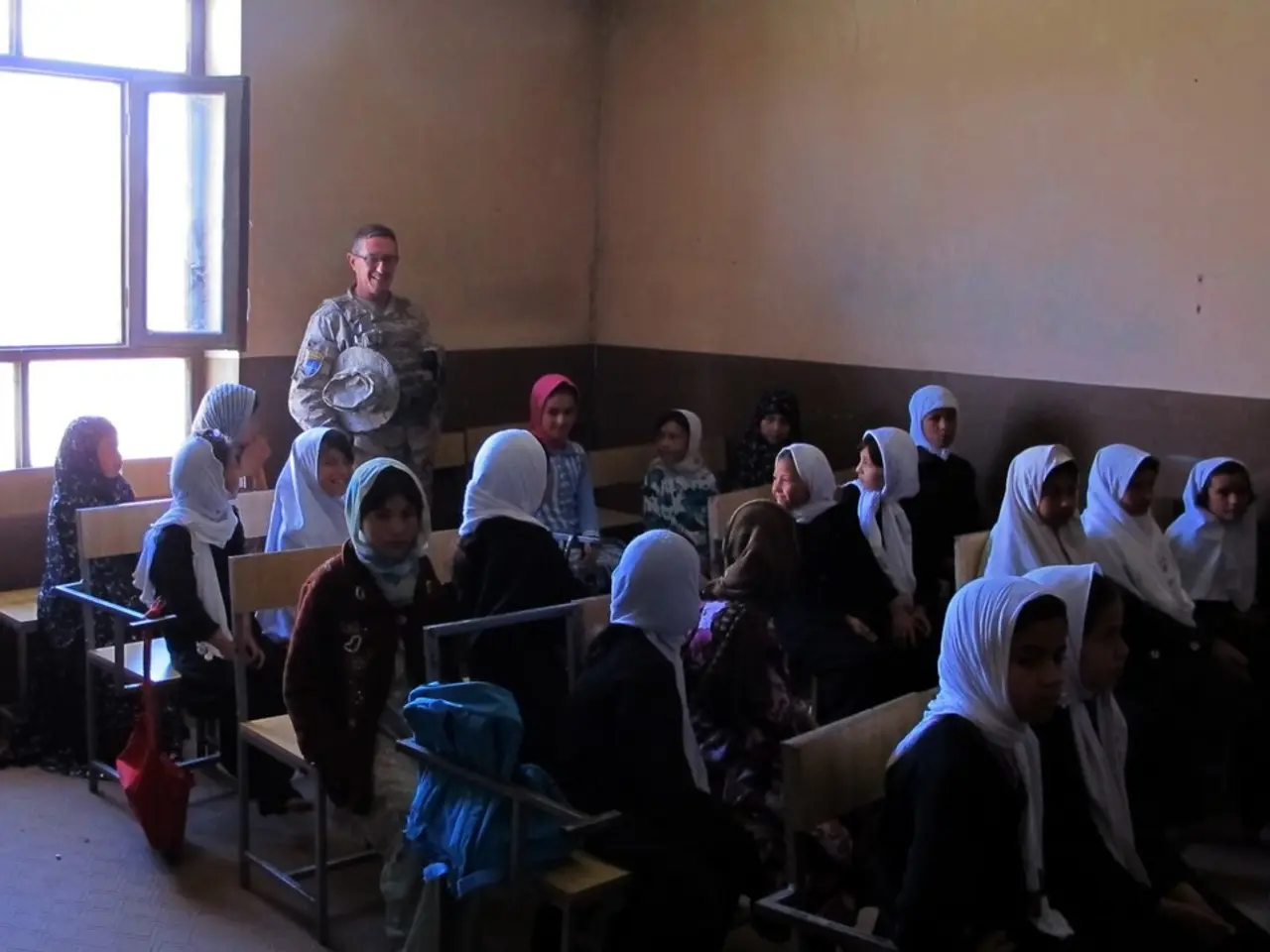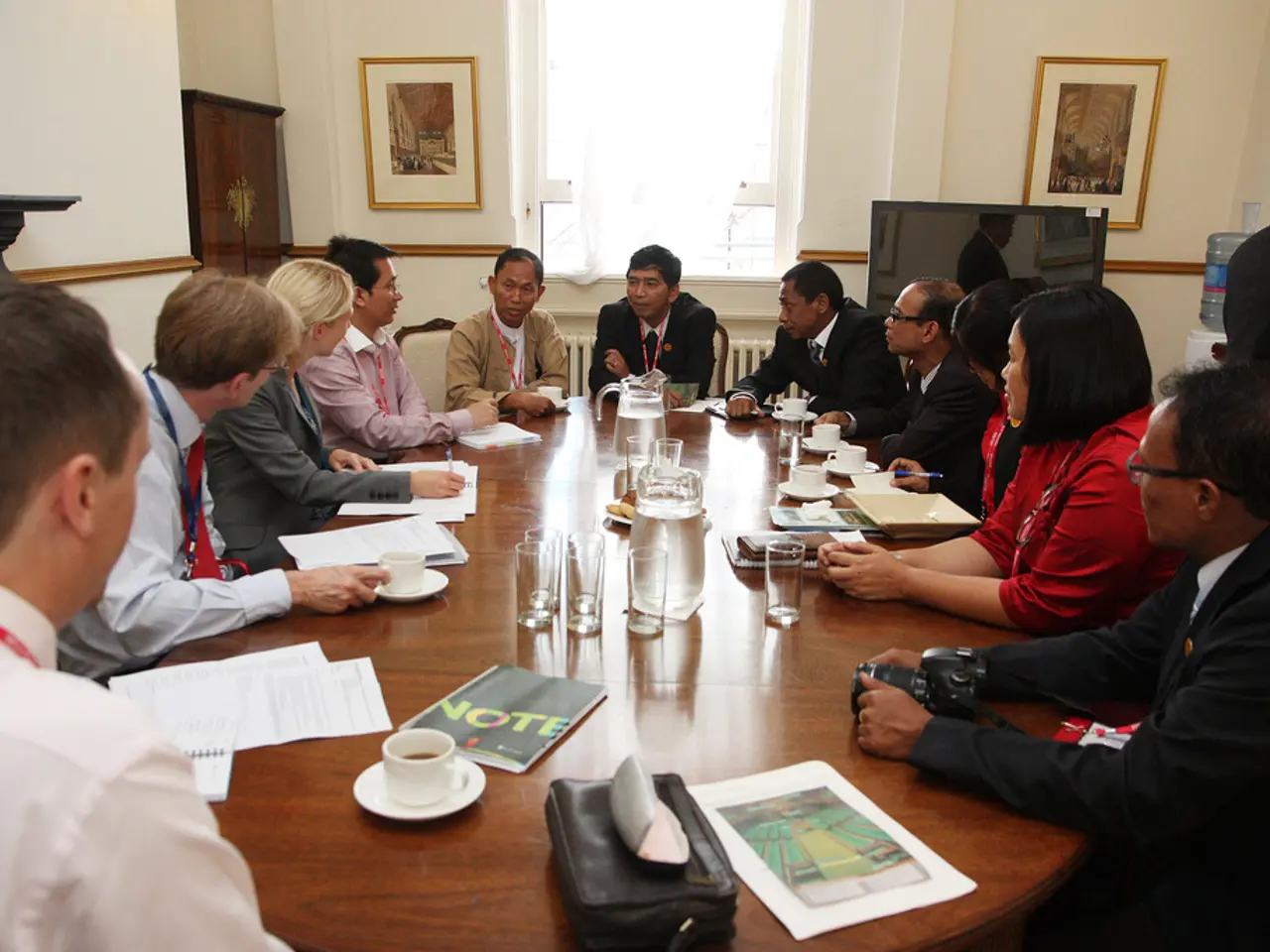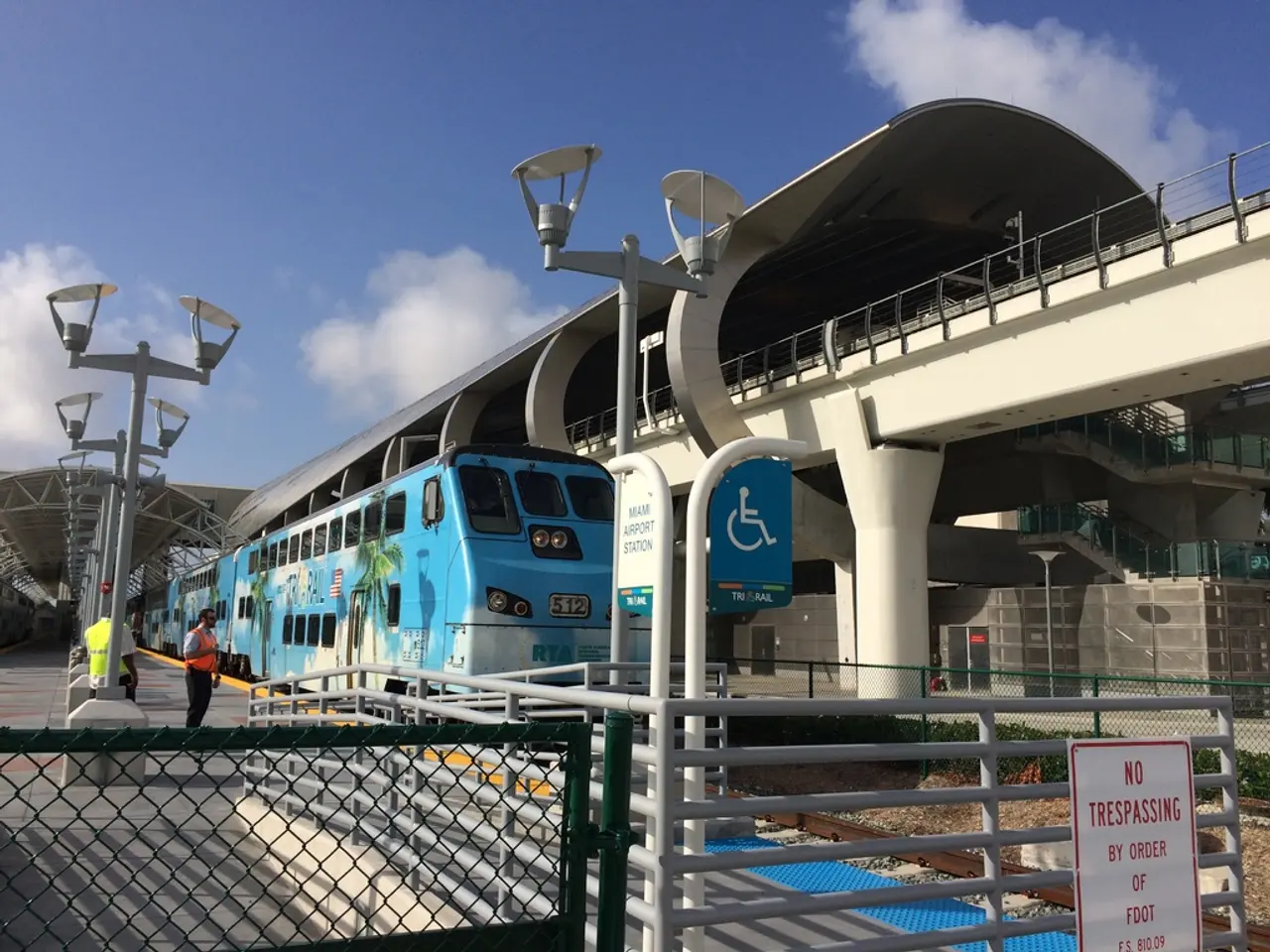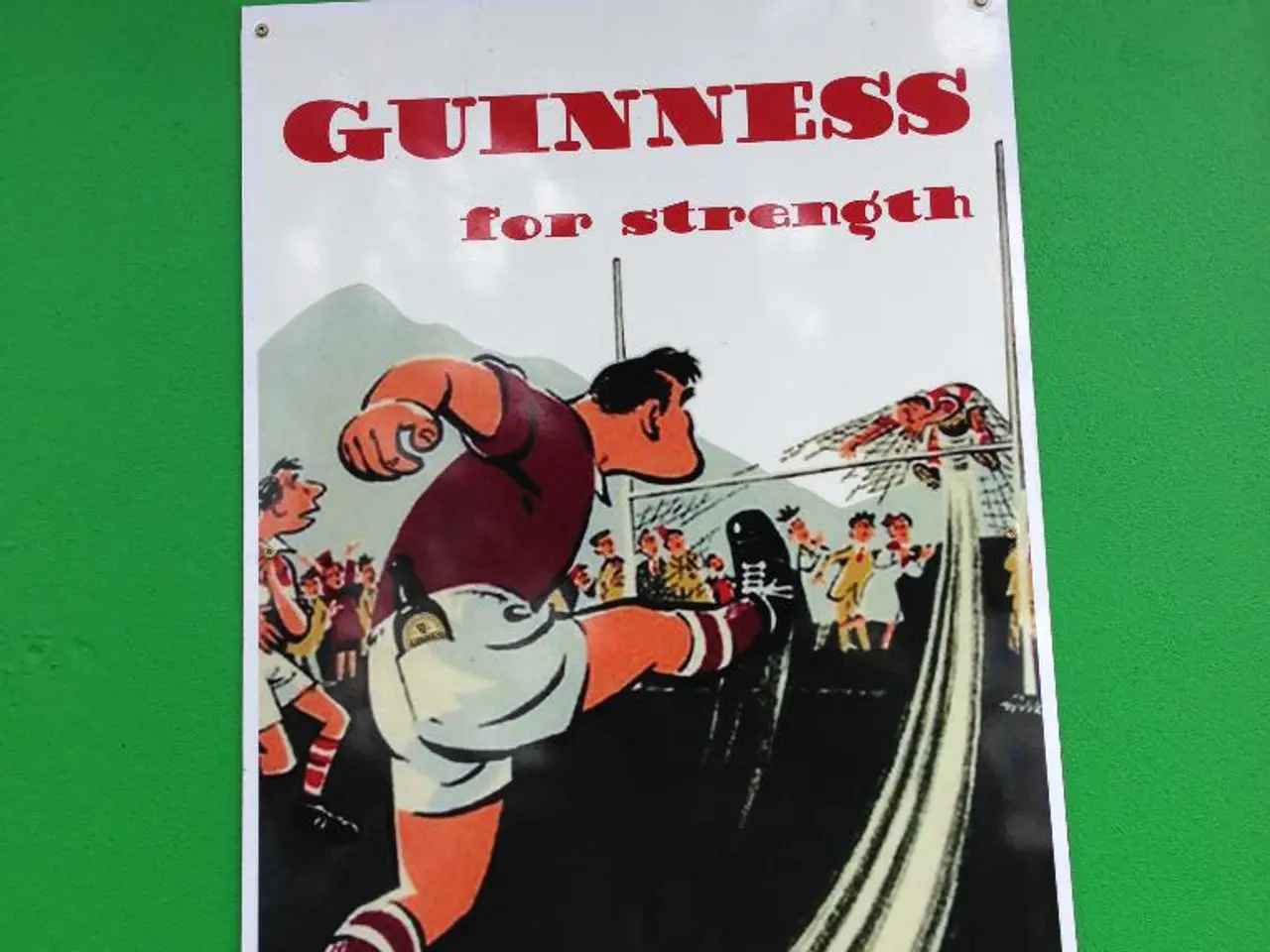Veterans entangled in bureaucracy, struggling to have their student loans forgiven, as per the initial promise made to them
The Department of Education is collaborating with the Department of Defense to streamline the student loan forgiveness process for military personnel, aiming to reduce the time borrowers spend on the phone seeking signatures.
Jodie Parks, an occupational therapist working full-time at a Michigan state psychiatric hospital, is one of the many military veterans who can benefit from this initiative. Military veterans like Jodie and Stacy Hunter can enhance their chances of securing student loan forgiveness under the Public Service Loan Forgiveness (PSLF) program.
To maximize their forgiveness prospects, veterans should carefully ensure their employment qualifies and follow formal employer certification and application processes.
Confirming Eligible Employment
PSLF requires working full-time for a qualifying public service employer, including government organizations and many nonprofits. Veterans should verify their employer’s current PSLF eligibility, especially given recent regulatory changes that might disqualify some employers based on activities deemed "illegal" by the Department of Education.
Employer Certification
Veterans should submit employment certification forms regularly to the Department of Education. Since changes now allow employers who lost eligibility to potentially regain it after completing corrective steps and a probationary period, it is critical to confirm that the employer’s PSLF status is current and appropriately documented.
Documentation and Use of DD Form 214
While DD Form 214 (the Certificate of Release or Discharge from Active Duty) is an important document for veterans’ status, PSLF eligibility is primarily tied to qualifying employment and payments on federal loans rather than veteran status alone. Veterans should submit the DD Form 214 to verify their veteran status with employers or loan servicers as needed but must also meet all employment and repayment criteria for PSLF forgiveness. Direct acceptance of DD Form 214 as proof of qualifying employment by the Department of Education has not been established in recent guidance; instead, documentation proving employment and payments is critical.
Navigating High Denial Rates and Confusing Rules
Veterans are advised to stay informed about ongoing policy changes, participate in public comment periods when possible, and consider consulting financial advisors or veterans’ assistance programs that specialize in PSLF to ensure compliance and maximize their forgiveness prospects.
Stay Updated on Policy Changes
The PSLF program is undergoing regulatory review and proposed restrictions aimed at tightening eligibility criteria. Veterans should monitor updates from the Department of Education and veteran service organizations to respond accordingly.
The Department of Education announced in October that months spent on active duty count toward Public Service Loan Forgiveness, even if loan payments were in deferment. This temporary loosening of the program’s rules is intended to give more borrowers a chance to qualify. As of early March, about 100,000 people had qualified for loan forgiveness under the waiver, and the Department of Education had approximately 173,000 forgiveness applications in process.
In summary, veterans like Jodie Parks and Stacy Hunter should focus on confirming their employer’s PSLF qualification, make sure they are enrolled in qualifying repayment plans, keep thorough documentation of employment and payments, and use their DD Form 214 as a supplemental proof of service — but not as a standalone qualification. Remaining vigilant about upcoming regulatory changes and actively engaging in certification and application processes is essential due to the program’s complexity and evolving rules.
The Department of Education is also working with advocates to draft new permanent regulations designed to help more borrowers qualify after the waiver expires in October. Despite the challenges, the Department of Education has emphasized its commitment to improving the Public Service Loan Forgiveness program.
- Education-and-self-development is crucial for Jodie Parks and Stacy Hunter as they strive to secure student loan forgiveness under the Public Service Loan Forgiveness (PSLF) program.
- Innovation in financing and policy can help reduce the student debt burden for military veterans, as the current PSLF program and its evolving rules have presented challenges.
- Higher education opportunities and resources, such as financial advisors or veterans’ assistance programs, can help veterans navigate the complex PSLF rules and maximize their chances of loan forgiveness.
- Businesses, including employers of military veterans, can contribute to equality by understanding and complying with PSLF regulations to ensure veterans receive the full benefits they have earned.




